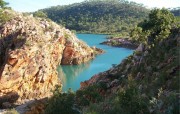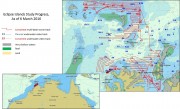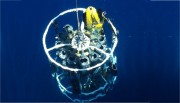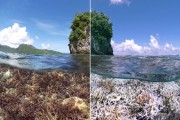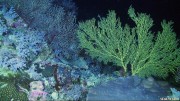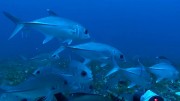Articles
Bathomes are large spatial regions (usually exceeding 1000 km2) characterised by the bathymetric (depth-related) distribution of biota.
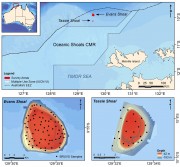
Interactive map displays stereo-video imagery collected for the Barossa Environmental Baseline Study 2015, Western Australia. Click on the map below (i.e.
Environment Australia is tasked with managing the networks of Commonwealth Marine Reserves (CMR
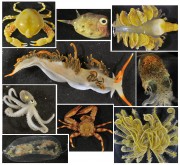
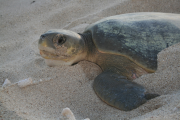
Flatback sea turtles (Natator depressus) are endemic to northern Australia and one of only two sea turtle species that are not distributed globally (7 species in total). Nesting occurs only on tropical Australian beaches, many in NW Australia’s remote Kimberley region. Under threat from coastal development, predation from feral animals and climate change, flatbacks are listed as a vulnerable species under the WA Biodiversity Conservation Act 2016 and the Commonwealth Environment Protection and Biodiversity Conservation Act 1999 and data deficient by the International Union for Conservation of Nature.

